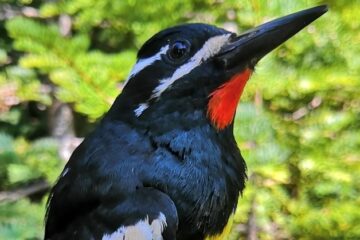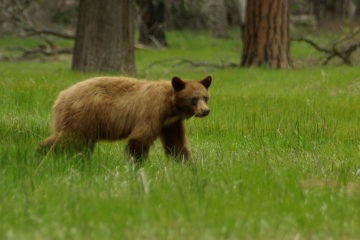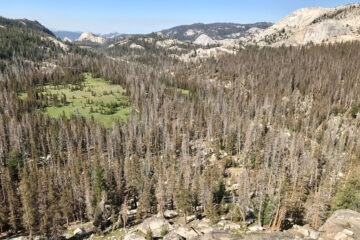A monthly recap of what we saw, heard and did in the park. Here’s what happened in February…
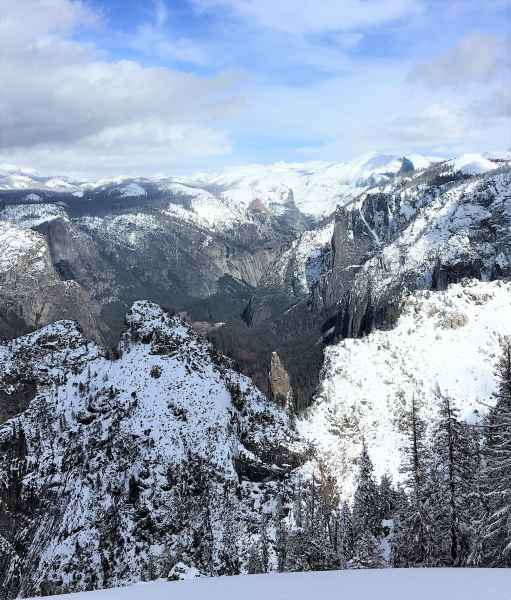
Snow remained a hot (well, cold) topic. According to Yosemite’s winter rangers, more than 11 feet of fresh snow fell in the Tuolumne area over the course of the month. As they kept an eye on high country conditions (and wildlife, including white-breasted nuthatches, pine martens and golden eagles), our naturalist guides led adventurous snowshoers to Dewey Point, and we watched the snow pile up in front of our High Sierra webcam.
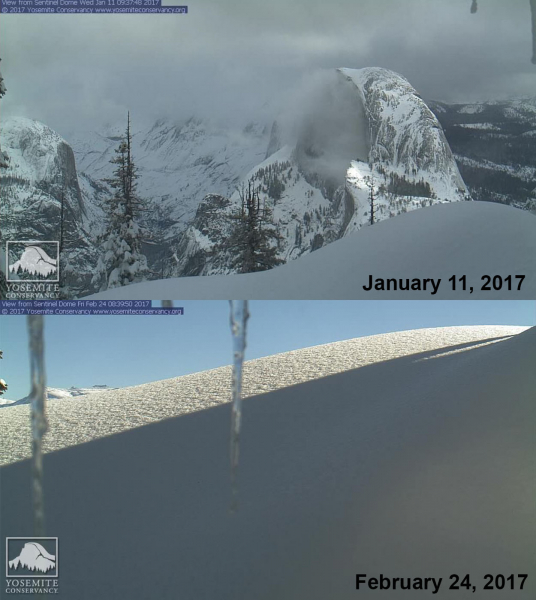
This winter has brought an exceptional amount of precipitation to Yosemite — and not just in comparison to the past few years of drought. As of the last day of February, the water content of the central Sierra Nevada snowpack was about twice the norm. Snow depth totals for this season are nearly identical to the conditions in the winter of 1982-3, the wettest year on record.
Visit the California Data Exchange Center to explore more water- and snow-related metrics from this and past years: cdec.water.ca.gov.
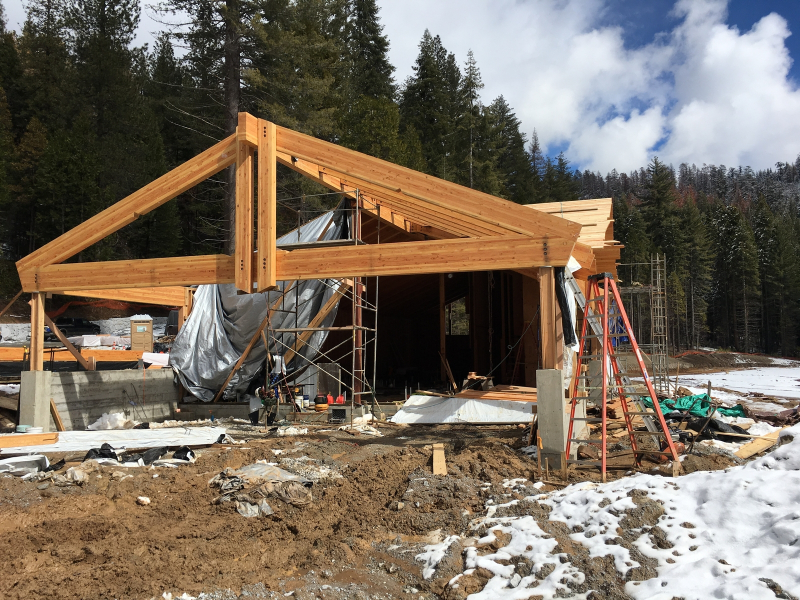
Snowy weather typically presses pause on the restoration efforts our donors fund in the park. In Mariposa Grove, trail- and habitat-related work stopped for the season, but crews have been forging ahead with other elements of the project. They’re constructing the frame for a new building at the South Entrance, where the welcome plaza for the grove is taking shape.
Behind the scenes, a collaborative group has been designing new educational panels, signs and interactive features that will help share the story of the giant sequoias and their habitat. The project is set to wrap up later this year — stay tuned for updates!

After starting February with Marmot Day, we noticed a wildlife theme continuing throughout the month…
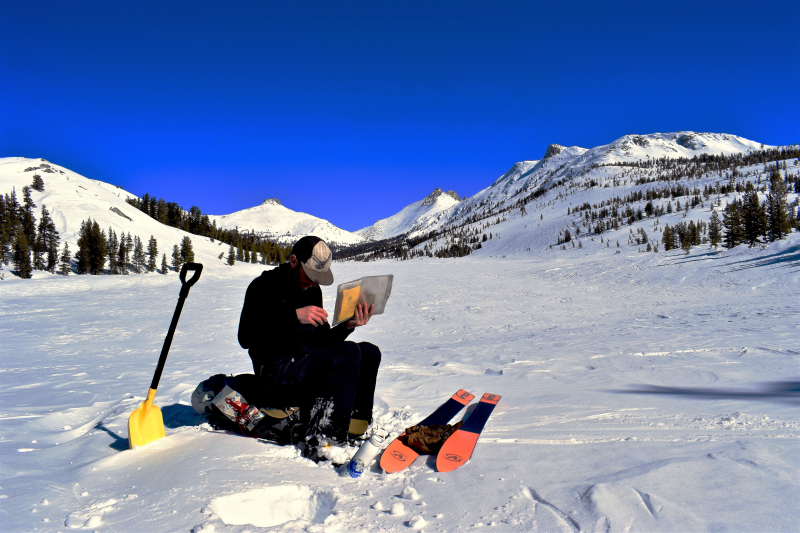
Our project coordinator joined the park’s carnivore crew for a five-day, 50-mile backcountry expedition to locate and add remote cameras used for donor-funded research on the rare Sierra Nevada red fox.
Park scientists fitted a GPS collar on a male raccoon captured near Camp 4. They’re using data from the collar to monitor the raccoon’s habits and home range as part of project to study potential predators of some of the Valley’s newest residents, California red-legged frogs and western pond turtles.
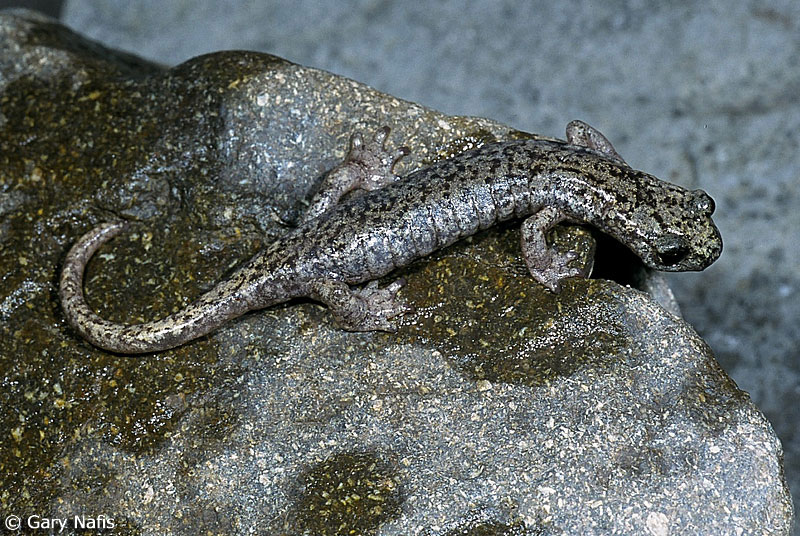 And last but not least, we learned about a park resident living at the base of Bridalveil Fall (home to another donor-funded project): Mt. Lyell salamanders. As name implies, the endemic California species has ties to Yosemite’s highest peak — they were first discovered in 1915 on Mt. Lyell, when a pair ended up in traps intended for small mammals.
And last but not least, we learned about a park resident living at the base of Bridalveil Fall (home to another donor-funded project): Mt. Lyell salamanders. As name implies, the endemic California species has ties to Yosemite’s highest peak — they were first discovered in 1915 on Mt. Lyell, when a pair ended up in traps intended for small mammals.
These amphibians live in damp, often high-elevation environments; at 4,000 feet, the Bridalveil denizens are the lowest-dwelling known population. You might spy them using their square, webbed toes and short tails to navigate the steep, slippery terrain … but keep your distance! The toxins they secrete have been reported to cause temporary blindness in humans.
We bid farewell to the shortest month of the year with a twist on the classic rhyme: March comes in like a (mountain) lion, the native predator that goes by many names (cougar, puma and panther) and shares a genus with small cats (Puma) rather than with lions (Panthera).
Coming up on our calendars: Our first guided backpacking trip of the season, where you can also learn to “Leave No Trace” like a pro; a spring fly fishing expedition; and opening night at the Yosemite Theater. Registration is officially open for the Yosemite Art Center — check out our art class schedule to find one that fits your personal palate (or palette, in this case).
See you in the park, and thanks for reading!

